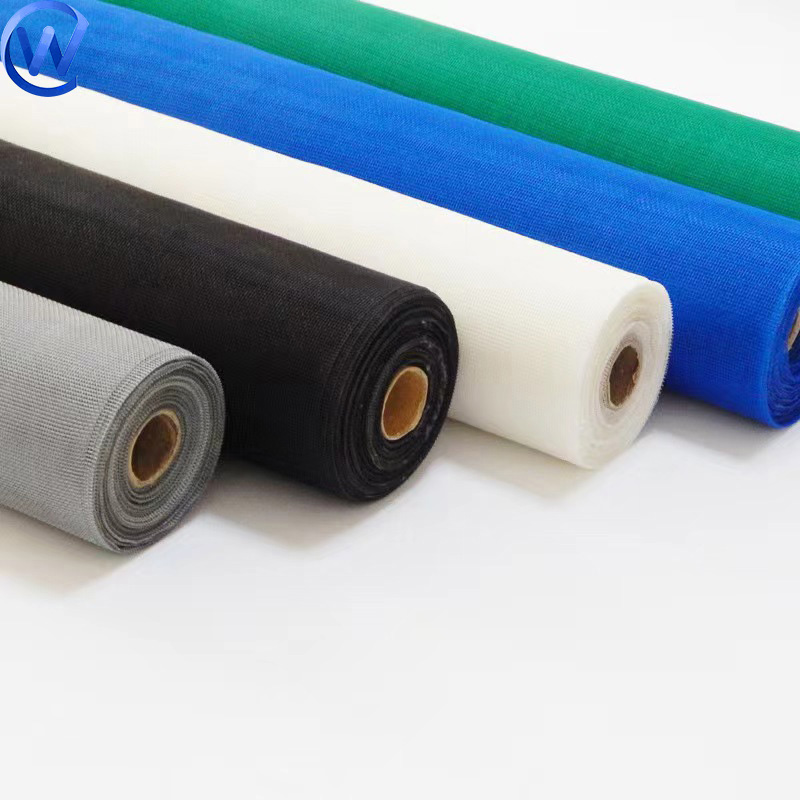-
+86 15030157877
-
sales@galvanizedmetalmesh.com
Dec . 05, 2024 04:41 Back to list
Quality Hot Dip Galvanized Wire Production by Leading Manufacturers in the Industry
Hot Dip Galvanized Wire Manufacturers An Overview
Hot dip galvanization is a widely used process in manufacturing steel products, particularly when it comes to enhancing corrosion resistance. Among various applications, hot dip galvanized wire has gained significant popularity in sectors ranging from construction to agriculture. This article will delve into the importance of hot dip galvanized wire manufacturers, the production processes involved, and the benefits of using hot dip galvanized wire.
Understanding Hot Dip Galvanization
Hot dip galvanization involves the coating of steel wire with a layer of zinc. This is achieved by immersing the wire in molten zinc, creating a metallurgical bond between the steel and the zinc. This process produces a thicker and more robust zinc coating compared to other methods like electro-galvanization. The resultant wire exhibits enhanced resistance to corrosion, thereby extending its lifespan in various environments.
The Role of Hot Dip Galvanized Wire Manufacturers
Hot dip galvanized wire manufacturers play a crucial role in supplying high-quality wire that meets the diverse needs of various industries. These manufacturers are responsible for the entire production process, from sourcing raw materials to processing, coating, and distribution. A reputable manufacturer ensures that the wire adheres to industry standards and specifications, which are critical for applications in construction, fencing, and various industrial uses.
Production Process
The production of hot dip galvanized wire involves several key steps
1. Wire Drawing The first step is to draw steel wire from larger steel rods. This process involves reducing the diameter of the wire while increasing its length, which is achieved through a series of dies.
2. Cleaning Before galvanization, the wire must be thoroughly cleaned to remove any impurities, such as rust, oil, or dirt. This is typically done through a combination of mechanical and chemical processes, including pickling the wire in acidic solutions.
3. Hot Dip Galvanization After cleaning, the wire is dipped into a bath of molten zinc at temperatures around 450 degrees Celsius. The immersion time and conditions are carefully controlled to ensure a uniform coating.
hot dip galvanized wire manufacturer

4. Cooling Once coated, the wire is cooled, allowing the zinc to solidify and form a protective layer.
5. Packaging Finally, the galvanized wire is wound into coils or cut into specified lengths and packaged for distribution.
Benefits of Hot Dip Galvanized Wire
Choosing hot dip galvanized wire for construction, fencing, or other applications offers several notable advantages
1. Corrosion Resistance The zinc coating provides unparalleled protection against environmental factors, making it ideal for outdoor use and in harsh conditions.
2. Long Lifespan With proper installation and maintenance, hot dip galvanized wire can last several decades, outperforming non-galvanized alternatives in terms of durability.
3. Cost-Effectiveness While the initial costs may be higher than for non-galvanized wire, the long-term savings due to reduced maintenance and replacement needs make hot dip galvanized wire a cost-effective choice.
4. Versatility This type of wire is highly versatile, suitable for various applications including fencing, barbed wire, construction projects, and even as binding wire in the agricultural sector.
Conclusion
In conclusion, hot dip galvanized wire manufacturers are crucial in providing reliable and high-quality products that meet industry-specific requirements. Their expertise in the production process ensures that the wire is not only durable but also cost-effective. As industries continue to evolve, the demand for hot dip galvanized wire is likely to rise, driving innovation and improvement within the manufacturing sector. Whether for building infrastructure or agricultural needs, hot dip galvanized wire remains an essential component in achieving longevity and reliability in various applications.
-
Premium Welded Gabion Mesh | Robust & Eco-Friendly
NewsJul.31,2025
-
Premium Eco-Friendly Roof Tiles | Affordable & Durable
NewsJul.31,2025
-
Premium Roof Tiles for Durable & Stylish Roofing Solutions
NewsJul.30,2025
-
High-Quality Roof Tiles for Durable & Stylish Roofing Solutions
NewsJul.29,2025
-
High Quality Square Wire Mesh Manufacturer & Supplier for Wholesale
NewsJul.29,2025
-
Premium Roof Tiles for Durable & Stylish Roofing Solutions
NewsJul.29,2025



